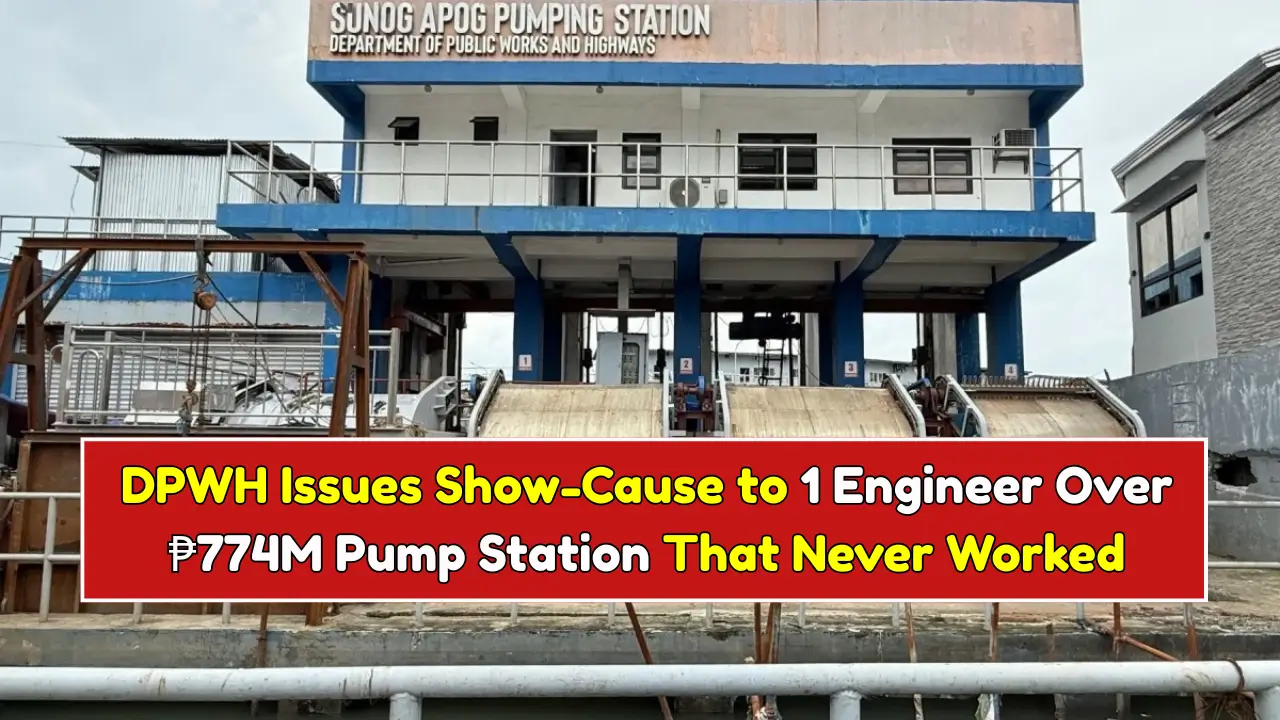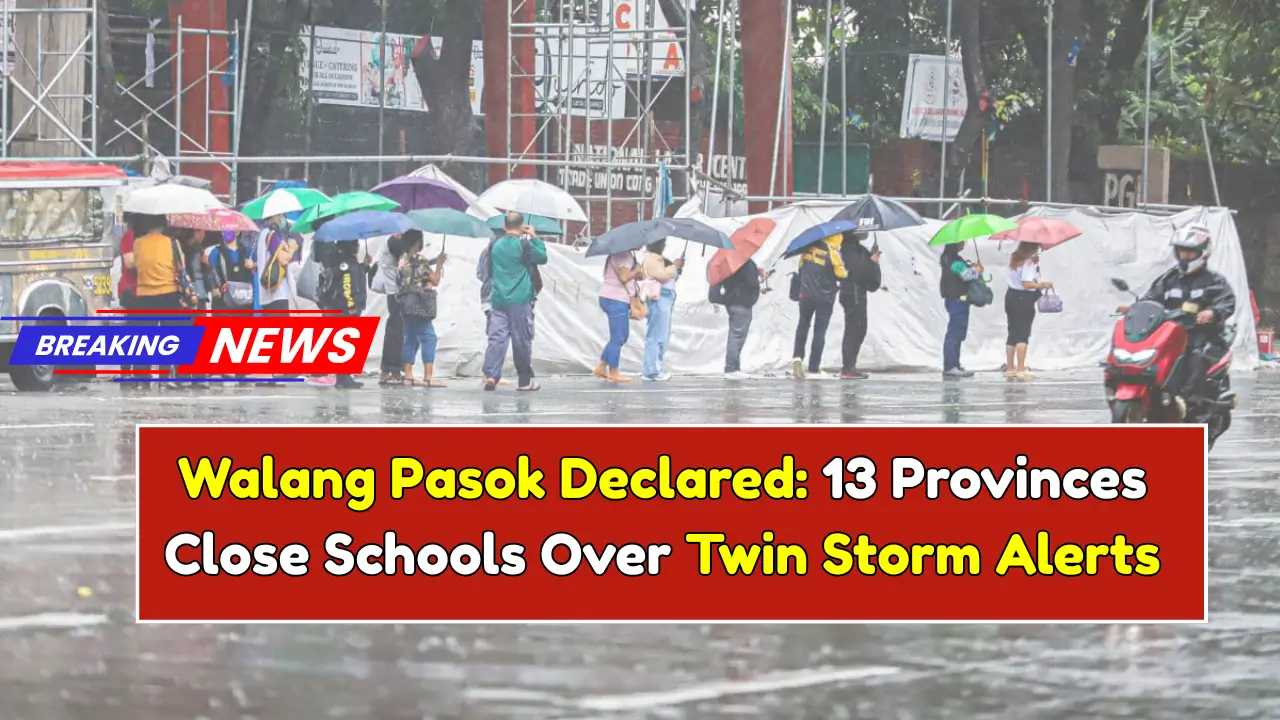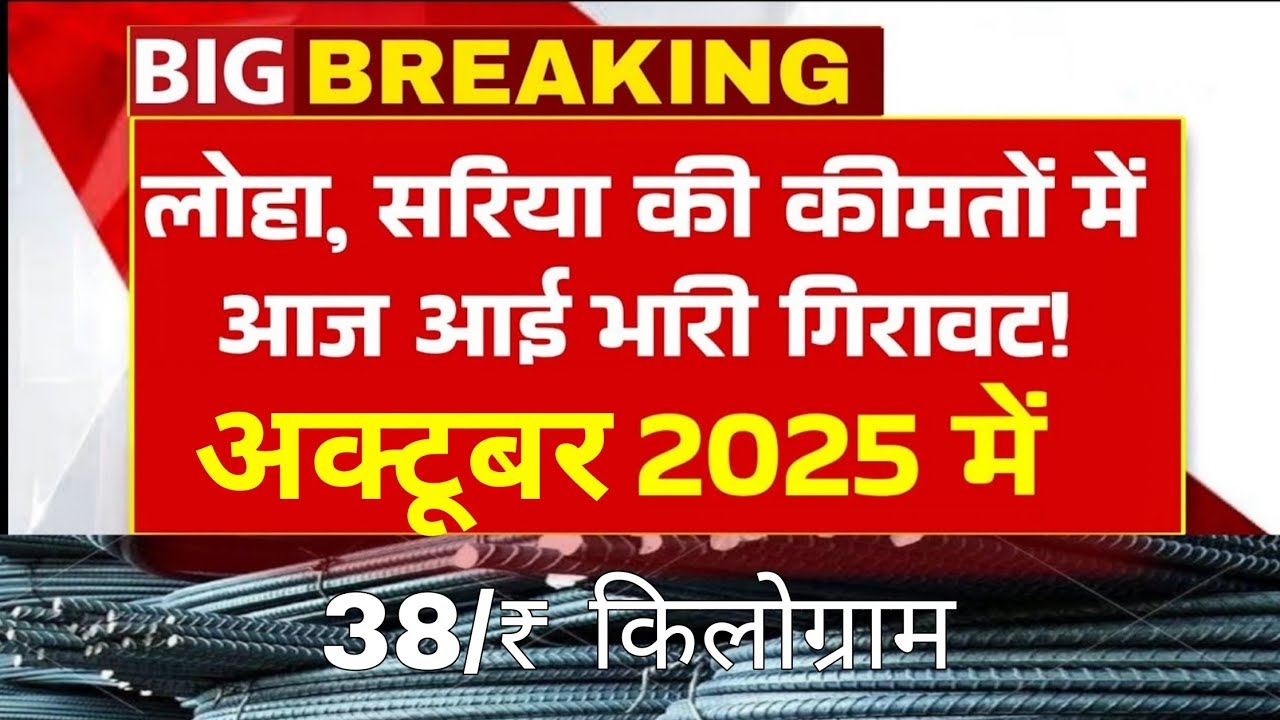The Department of Public Works and Highways (DPWH) has recently issued a formal show-cause order to the District Engineer of the North Manila District Engineering Office concerning the prolonged non-operation of the Sunog Apog Pumping Station in Manila.
The project, with an investment of approximately ₱774 million, has become a focal point of controversy due to its failure to function since its completion in 2020, despite full payment and multiple repair attempts.
Background: The Sunog Apog Pumping Station Project
The Sunog Apog Pumping Station is part of the Estero de Sunog Apog flood control initiative designed to mitigate flooding in Tondo, Manila—a historically flood-prone urban area.
Built to improve water drainage and protect thousands of residents and commercial establishments, the pumping station was expected to be a critical infrastructure asset for the city’s flood resilience strategy.
However, from the time of its completion, the facility reportedly never operated due to several operational and regulatory issues. This has caused significant public concern and official scrutiny, especially since the flooding situation reportedly worsened in surrounding communities rather than improving.
Investigation and Findings by the DPWH
DPWH Secretary Vince Dizon, after conducting an onsite inspection alongside the Independent Commission for Infrastructure (ICI) and Manila’s city officials, identified multiple serious concerns about the project’s execution and management:
- The pumping station has remained non-functional since 2020, never successfully energised or operating for flood control.
- Lack of necessary building permits and absence of a power connection from Meralco prevented proper energization and commissioning of the facility.
- The project appears to have exacerbated flooding conditions rather than alleviating them, according to reports from local residents.
- Despite these glaring flaws, a ₱94 million upgrading project was initiated, with proposals for a further ₱200 million investment aimed at “repairs” even without confirmed functionality.
- There was insufficient coordination with the Manila city government during planning and implementation, raising concerns about regulatory and operational oversight.
These findings raised alarms at the highest levels of DPWH, framing the issue as potential gross neglect of duty and grave misconduct by responsible officials.
Show-Cause Order Details and Immediate Actions
Following the investigation, DPWH issued a show-cause order (SCO) directed at OIC District Engineer Dennis E. Sandoval and DPWH-NCR Director Gerard Opulencia, requiring them to submit written explanations within five days justifying why disciplinary action should not be pursued against them for the management and oversight failures.
Additionally, Secretary Dizon halted the ongoing ₱94 million repair works pending a thorough assessment, expressing concern about potentially wasting funds on a project that has already cost millions but yields no benefit for flood control.
Dizon stated:
“Papahinto ko muna ‘yan tapos ipapa-asses ko muna ito. Baka kasi nagtatapon na naman tayo ng P100 milyon dito.”
(I’ll have that stopped first to have it assessed. We might be throwing away another ₱100 million here.).
Table: Timeline of Key Events – Sunog Apog Pumping Station
| Date | Event | Remarks |
| 2020 | Completion of Sunog Apog Pumping Station | Facility reportedly non-operational since completion |
| 2023-2024 | Reports of worsened flooding in nearby communities | Residents complain about exacerbated flood conditions |
| Mid 2025 | Initiation of ₱94 million project upgrade | Funds committed despite unresolved fundamental issues |
| September 2025 | DPWH inspection and discovery of regulatory deficiencies | Missing building permits and power connection issues |
| September 2025 | Secretary Vince Dizon issues show-cause orders | Targeting Manila District Engineers Sandoval and Opulencia |
| September 2025 | Repairs halted pending further assessment | Risk of further funds wasted |
Broader Implications: Public Trust, Financial Accountability, and Flood Management
The controversy surrounding the Sunog Apog Pumping Station highlights larger systemic issues in infrastructure project management and accountability within government agencies. Key concerns include:
- Public Trust: Residents in flood-prone areas rely heavily on government infrastructure promise to safeguard their homes and businesses. Failure to operate critical infrastructure undermines confidence in government capacity and responsiveness.
- Financial Accountability: The sanctioning of continuous spending for repairs on a non-functional project signals a need for more stringent project monitoring and governance to prevent fund misuse.
- Flood Management Strategy: Flood control in the Manila metropolitan area is a complex task requiring integrated water management solutions and close coordination between DPWH, local government units, and power utility companies. Inefficiencies in this project may reflect broader coordination challenges needing urgent address.
Next Steps: Assessments and Potential Disciplinary Measures
As mandated by the show-cause order, the implicated DPWH officers must deliver substantive explanations within a strict timeframe.
Failure to adequately respond could lead to administrative or legal disciplinary actions including suspension, dismissal, or criminal charges for negligence or misconduct.
In parallel, DPWH has recommended a third-party independent assessment of the entire Estero de Sunog Apog flood control project to objectively evaluate structural integrity, design efficacy, and operational practicality before further funds are allocated.
Government and Local Authority Response
Manila city officials have expressed their commitment to cooperating fully with DPWH investigations and are pressing for expedited resolution given the public safety stakes. Coordination mechanisms are expected to be enhanced to ensure transparency and preventive checks for other infrastructure projects.
Conclusion: The Importance of Rigorous Oversight in Public Infrastructure
The Sunog Apog Pumping Station case underscores the critical necessity of efficient public works governance from project planning, permits, construction, to commissioning and maintenance. It serves as a cautionary tale reinforcing the need for:
- Stronger compliance with regulatory standards
- Transparent and accurate project auditing
- Immediate action on irregularities
- Inclusive planning with local stakeholders
Manila’s flooding woes demand urgent and effective solutions—government agencies must ensure funds are spent wisely, and infrastructure delivers its intended social benefit without delays or corruption risks.
Frequently Asked Questions (FAQs)
1. What is the Sunog Apog Pumping Station and why is it important?
It is a flood control infrastructure in Tondo, Manila, intended to manage drainage and reduce flooding impacting thousands of residents and businesses.
2. Why was the DPWH engineer issued a show-cause order?
The engineer was asked to explain alleged irregularities, including the pumping station never functioning since completion, missing permits, and poor coordination with local government.
3. Has the Sunog Apog Pumping Station ever operated?
No, official investigations confirmed it has never been energised or used effectively for flood control since 2020.
4. What actions is DPWH taking before continuing repairs?
The department has suspended repairs, ordering a third-party assessment before resuming any further work to avoid wasting public funds.
5. What consequences could the responsible engineers face?
If explanations are unsatisfactory, they may face administrative disciplinary actions including suspension or dismissal, and possible criminal charges for neglect of duty or misconduct.












